
Develop your technical literacy
and creative design skills
For more information, visit:
UCSB Summer Sessions website

Develop your technical literacy
and creative design skills
For more information, visit:
UCSB Summer Sessions website
Weihao is currently a PhD candidate in the Media Arts and Technology (MAT) program, where his research is centered on improving the modularity, customizability, and interactivity of Generative AI tools. His primary goal is to enhance the diversity, expressiveness, and audience connectedness of AI-based artworks. Weihao's research contributions have been published in conferences, such as Neural Information Processing Systems (NeurIPS), The ACM Conference on Human Factors in Computing Systems (CHI), and The International Conference on Robotics and Automation (ICRA). His artwork has been exhibited in venues such as Beijing Times Art Museum, FeraFile, The Wolf Museum of Exploration + Innovation (MOXI), SIGGRAPH, and UCSB MAT End of Year Shows.
The intent of the fellowship is to provide graduate students who are passionate about exploring the intersection of multiple fields related to the initiative with the opportunity to participate in research projects and activities organized as part of the annual summit.
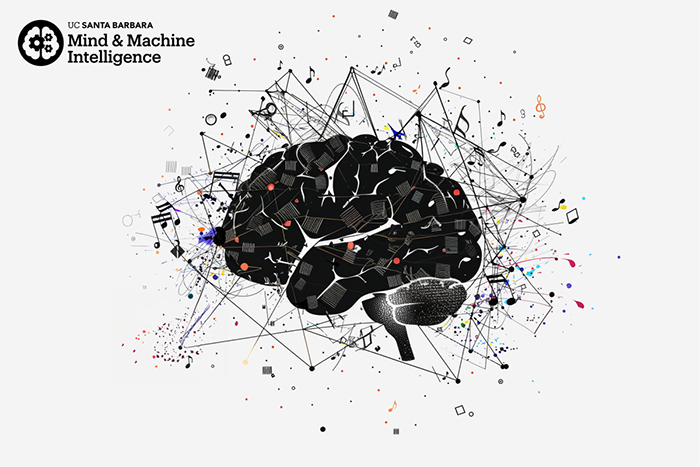
Mellichamp Initiative in Mind & Machine Intelligence Summit 2024
The Computer Music Tutorial, Second Edition (2023) by Curtis Roads
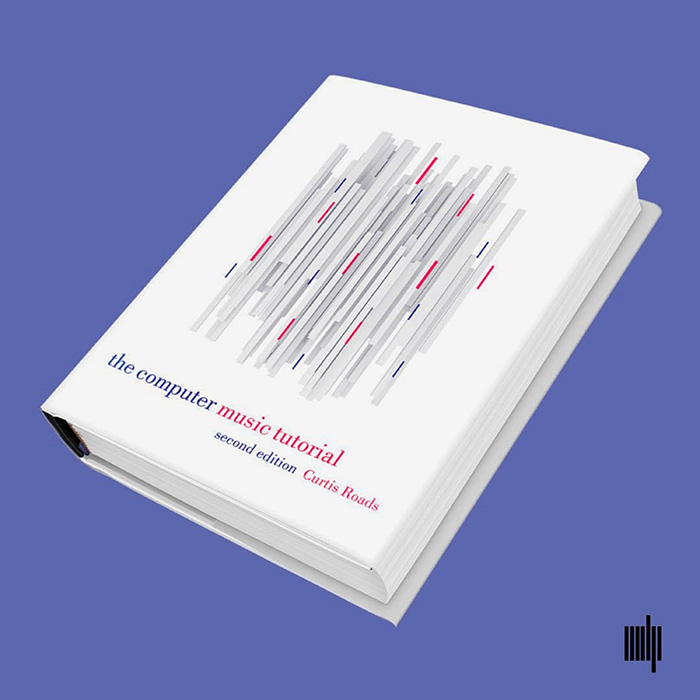
Curtis Roads, professor in Media Arts and Technology and affiliate faculty in Music at UCSB, has announced the publication of an expanded, updated, and fully revised Second Edition of his textbook The Computer Music Tutorial (2023, The MIT Press, 1257 pages).
Essential and state-of-the-art, The Computer Music Tutorial, Second Edition is a singular text that introduces computer and electronic music, explains its motivations, and puts topics into context. Curtis Roads's step-by-step presentation orients musicians, engineers, scientists, and anyone else new to computer and electronic music.
The new edition continues to be the definitive tutorial on all aspects of computer music, including digital audio, signal processing, musical input devices, performance software, editing systems, algorithmic composition, MIDI, and psychoacoustics, but the second edition also reflects the enormous growth of the field since the book's original publication in 1996. New chapters cover up-to-date topics like virtual analog, pulsar synthesis, concatenative synthesis, spectrum analysis by atomic decomposition, Open Sound Control, spectrum editors, and instrument and patch editors. Exhaustively referenced and cross-referenced, the second edition adds hundreds of new figures and references to the original charts, diagrams, screen images, and photographs in order to explain basic concepts and terms.
Features include:
New chapters on virtual analog, pulsar synthesis, concatenative synthesis, spectrum analysis by atomic decomposition, Open Sound Control, spectrum editors, instrument and patch editors, and an appendix on machine learning.
Two thousand references support the book's descriptions and point readers to further study.
Mathematical notation and program code examples used only when necessary.
Twenty-five years of classroom, seminar, and workshop use inform the pace and level of the material.
As Prof. Roads states: "I finished writing the first edition in 1993. It finally came out in 1996, the year I joined the UCSB Music faculty as a Visiting Associate Professor. Writing the Second Edition required going through the research literature in the field since 1993. It often felt overwhelming but I just had to keep going. In 2017 I devoted all my creative time to the project. I promised myself I would finish it in 2020, and at 10 PM on 31 December 2020 I finished writing. Time for Champagne! The production process took all of 2021 and most of 2022. In a way it was a perfect project for the pandemic lockdown, as it gave me a daily purpose in a time of isolation. The textbook has been the core of my teaching at UCSB."
An article about the release of the 2nd edition was published in the UCSB Current:
The book can be found at MIT Press:
mitpress.mit.edu/9780262044912/the-computer-music-tutorial
Professor Roads's previous books include Microsound (2001, The MIT Press) and Composing Electronic Music: A New Aesthetic (2015, Oxford University Press).
This SPARKS session focuses on the innovative interactive digital artwork and pioneering artists prior to the year 2000. Interactive digital art’s roots began forming in the 1960s and blossomed in the following decades. By relinquishing the power to control the outcome of a work of art, digital artists in the 1960-1990s established a democratic, reciprocal relationship with the viewer. Without a defined history, artists were free to experiment and create works that capitalized on the concept of “possibilities”. These individualized personal art experiences took many forms including screen-based art, immersive installation environments, haptic device art, and much more.
Presentations:
Vladimir Bonačić’s interactive digital installations 1969 – 1971
Darko Fritz
Media Art as Thinking Space
Monika Fleischmann and Wolfgang Strauss
Interactive Plant Growing – a journey of an interactive garden created in 1992
Christa Sommerer and Laurent Mignonneau
Searching for Conditions of Possibility: Jeffrey Shaw’s Artistic Practice in Expanded Cinema
Lukasz Mirocha
Engaging Subjectivity Through Interaction
Greg Garvey
The enduring telematic vision of a coexistent third space
Paul Sermon
From Music Composition to Multimodal Interactive Composition – An Historical Overview
JoAnn Kuchera-Morin

https://dac.siggraph.org/sparks/feb-2024-pioneering-interactive-art-and-artists
This event is co-moderated by MAT alumni Dr. Myungin Lee and co-sponsored by the ACM SIGGRAPH History Committee.


Synaptic Time Tunnel, SIGGRAPH 2023.
Sponsored by Autodesk, the Synaptic Time Tunnel was a tribute to 50 years of innovation and achievement in the field of computer graphics and interactive techniques that have been presented at the SIGGRAPH conferences.
An international audience of more than 14,275 attendees from 78 countries enjoyed the conference and its Mobile and Virtual Access component.
Contributors:
Marcos Novak - MAT Chair and transLAB Director, UCSB
Graham Wakefield - York University, UCSB
Haru Ji - York University, UCSB
Nefeli Manoudaki - transLAB, MAT/UCSB
Iason Paterakis - transLAB, MAT/UCSB
Diarmid Flatley - transLAB, MAT/UCSB
Ryan Millet - transLAB, MAT/UCSB
Kon Hyong Kim - AlloSphere Research Group, MAT/UCSB
Gustavo Rincon - AlloSphere Research Group, MAT/UCSB
Weihao Qiu - Experimental Visualization Lab, MAT/UCSB
Pau Rosello Diaz - transLAB, MAT/UCSB
Alan Macy - BIOPAC Systems Inc.
JoAnn Kuchera-Morin - AlloSphere Research Group, MAT/UCSB
Devon Frost - MAT/UCSB
Alysia James - Department of Theater and Dance/UCSB
More information about the Synaptic Time Tunnel can be found in the following news articles:
Forbes.com: SIGGRAPH 2023 Highlights
ACM SIGGRAPH is the premier conference and exhibition on computer graphics and interactive techniques. This year they celebrate their 50th conference and reflect on half a century of discovery and advancement while charting a course for the bold and limitless future ahead.
Burbano is a native of Pasto, Colombia and an associate professor in Universidad de los Andes’s School of Architecture and Design. As a contributor to the conference, Burbano has presented research within the Art Papers program (in 2017), and as a volunteer, has served on the SIGGRAPH 2018, 2020, and 2021 conference committees. Most recently, Burbano served as the first-ever chair of the Retrospective Program in 2021, which honored the history of computer graphics and interactive techniques. Andres received his PhD from Media Arts and Technology in 2013.
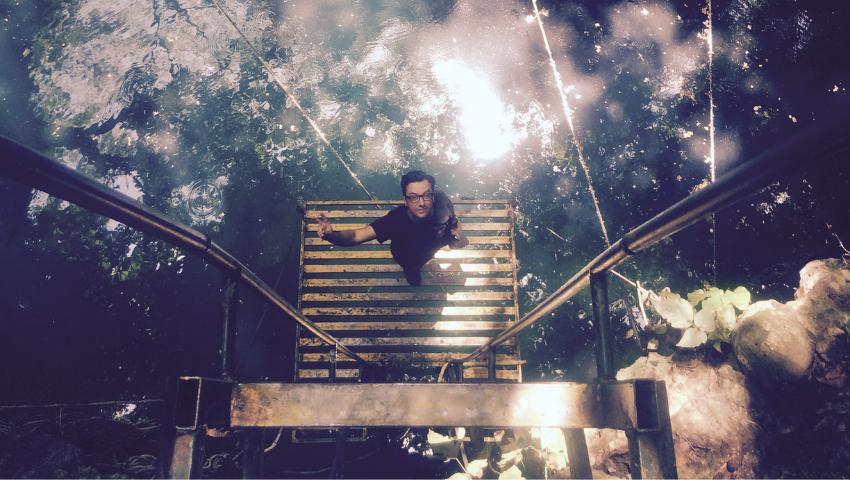
Read more from the ACM SIGGRAPH's website and this article on the ACMSIGGRAPH Blog.
The next ACM SIGGRAPH conference is in August 2023 and will be held in Los Angeles, California s2023.siggraph.org.
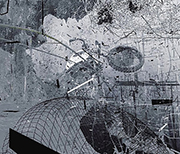
|
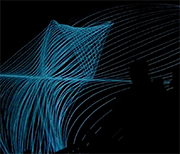
|
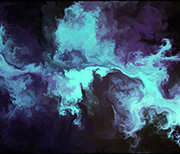
|
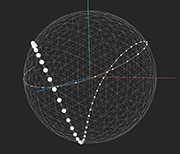
|
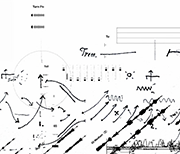
|
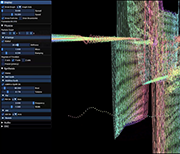
|
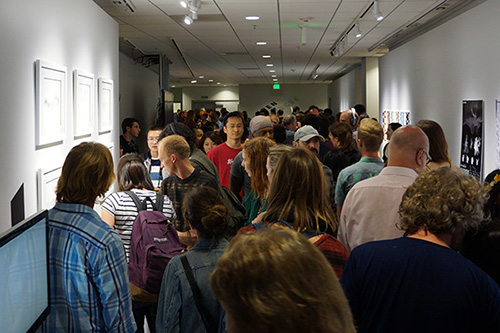
Media Arts and Technology (MAT) at UCSB is a transdisciplinary graduate program that fuses emergent media, computer science, engineering, electronic music and digital art research, practice, production, and theory. Created by faculty in both the College of Engineering and the College of Letters and Science, MAT offers an unparalleled opportunity for working at the frontiers of art, science, and technology, where new art forms are born and new expressive media are invented.
In MAT, we seek to define and to create the future of media art and media technology. Our research explores the limits of what is possible in technologically sophisticated art and media, both from an artistic and an engineering viewpoint. Combining art, science, engineering, and theory, MAT graduate studies provide students with a combination of critical and technical tools that prepare them for leadership roles in artistic, engineering, production/direction, educational, and research contexts.
The program offers Master of Science and Ph.D. degrees in Media Arts and Technology. MAT students may focus on an area of emphasis (multimedia engineering, electronic music and sound design, or visual and spatial arts), but all students should strive to transcend traditional disciplinary boundaries and work with other students and faculty in collaborative, multidisciplinary research projects and courses.